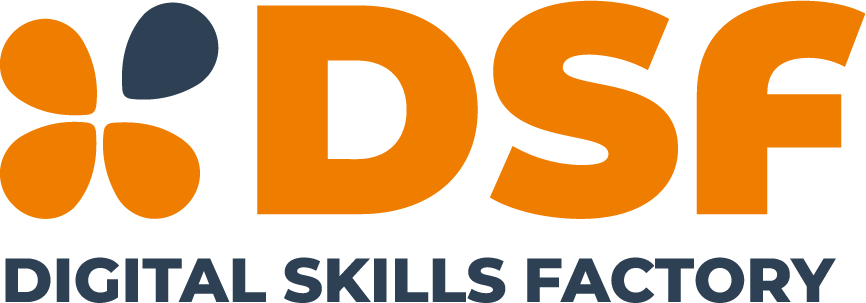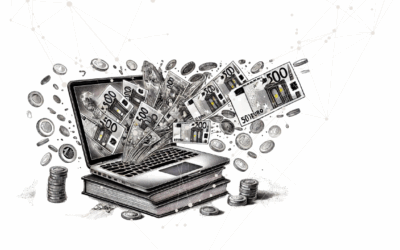What’s New
Equipping Youth with Skills for the Future: Preparing for an Evolving Job Market
The job market is shifting fast. Automation, artificial intelligence (AI), and digital transformation are rewriting the rules of employment. Traditional career paths are being disrupted, and new skills are emerging as essential. The challenge? Many young people are...
AI in Education: The Future is Already Here — Are We Ready?
"AI is not a silver bullet, but it’s also not the enemy. It’s a tool—one that can either enhance or erode education, depending on how we use it." AI isn’t on the horizon—it’s already in the classroom. Over 60% of educators worldwide are using AI-powered tools...
Supporting Small Businesses Through Digital Learning
"Entrepreneurs who embrace digital skills are 45% more likely to succeed in their ventures than those who don’t" (Lesinskis et al., 2023). That’s not just a number—it’s a game-changer. Small businesses are the backbone of the global economy, but in today’s...




